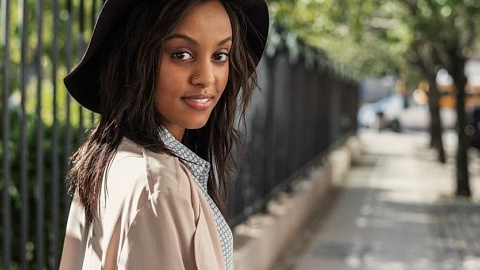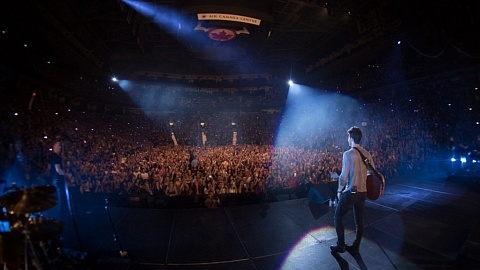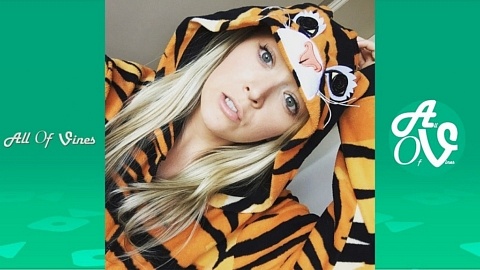Elton Castee has 1.2 million followers on Vine, the six-second looping video platform that launched the comedian to Internet stardom.
But the top of his profile has a message for fans in capital letters: All of his videos are now on his Facebook page, too.
Three years after it burst onto the scene to create a new breed of short-form comedy and give rise to a group of heartthrob stars, Vine is struggling. Marketers and ad buyers that paid creators to make “sponsored” Vines have soured on the app, which is owned by Twitter, and are directing dollars toward competitors like Snapchat, Facebook and Instagram. Video creators frustrated with Vine have followed the ad money, and some of the top “Viners” rarely post anymore as they focus on their other social media accounts.
to a group of heartthrob stars, Vine is struggling. Marketers and ad buyers that paid creators to make “sponsored” Vines have soured on the app, which is owned by Twitter, and are directing dollars toward competitors like Snapchat, Facebook and Instagram. Video creators frustrated with Vine have followed the ad money, and some of the top “Viners” rarely post anymore as they focus on their other social media accounts.
Video creators, marketers and ad buyers have grown tired of Vine for a confluence of reasons. Some Vine stars felt like the app wasn’t supportive of their work and didn’t implement a sustainable advertising model. Meanwhile, platforms like Facebook and Facebook-owned Instagram poured resources into video, and Snapchat started to gain traction with Vine’s young audience. Once the new shiny new object, Vine’s rigid six-second format eventually languished with stars and brands.
A year ago, Vine was regularly ranked as a top five entertainment app in the iOS store, and a top 50 app overall. While hardly cratering, Vine has slipped to landing in the top 20 among photo and video apps, surpassed by Snapchat, Instagram and a number of specialty photo and video apps like Solo Selfie, according to App Annie. Vine is now in the neighborhood of 200th among all apps.
Meanwhile, Vine lacks an ad product like Twitter’s “promoted tweet” or Snapchat’s sponsored geofilters, meaning that if a brand wants Vine as part of an ad campaign, it has to work with individual creators (or make their own Vines and pay to promote them on Twitter). A medley of “influencer” marketing firms, like Twitter-owned Niche, act as the middleman to help brands get their products mentioned in a video.
Darren Lachtman, co-founder of Niche, says the firm has about 31,000 influencers signed on and orchestrated hundreds of brand deals on Vine this year. “We’re still seeing a ton of big brands in this space,” he said.
More than 200 million people watch Vines across the Web every month, according to Twitter, and there are more than 1.5 billion Vine loops every day.
“We thrive on creators doing awesome things on Vine, Periscope, and Twitter,” said Will Stickney, spokesman at Twitter. “It’s one of our top priorities this year to give those creators even better tools across all those products, including Vine, which continues to be a place where creative trends start and explode across the Web.”
Mr. Castee said his ad deals on Vine were “few and far between,” but on Facebook brands are more willing to pay because he has clear data about the age, gender and other attributes on the makeup of his some 260,000-strong audience. In recent days, he has posted ads on Facebook for Celsius energy drink and Natural Light beer. “There is way more potential,” Mr. Castee said. He posts infrequently on Vine now.
Ryan Detert, CEO of influencer marketing firm Influential, says that only about three brands of the hundred or so that the company works with have asked to include Vine in a campaign in the past year. “It’s the low man on the totem pole. It’s the first to be omitted,” Mr. Detert said.
Top Viner, Nash Grier’s “People Change When They See Animals.”
Written by Steven Perlberg and Mike Sheilds of the WSJ.
Read full article: The Wall Street Journal











